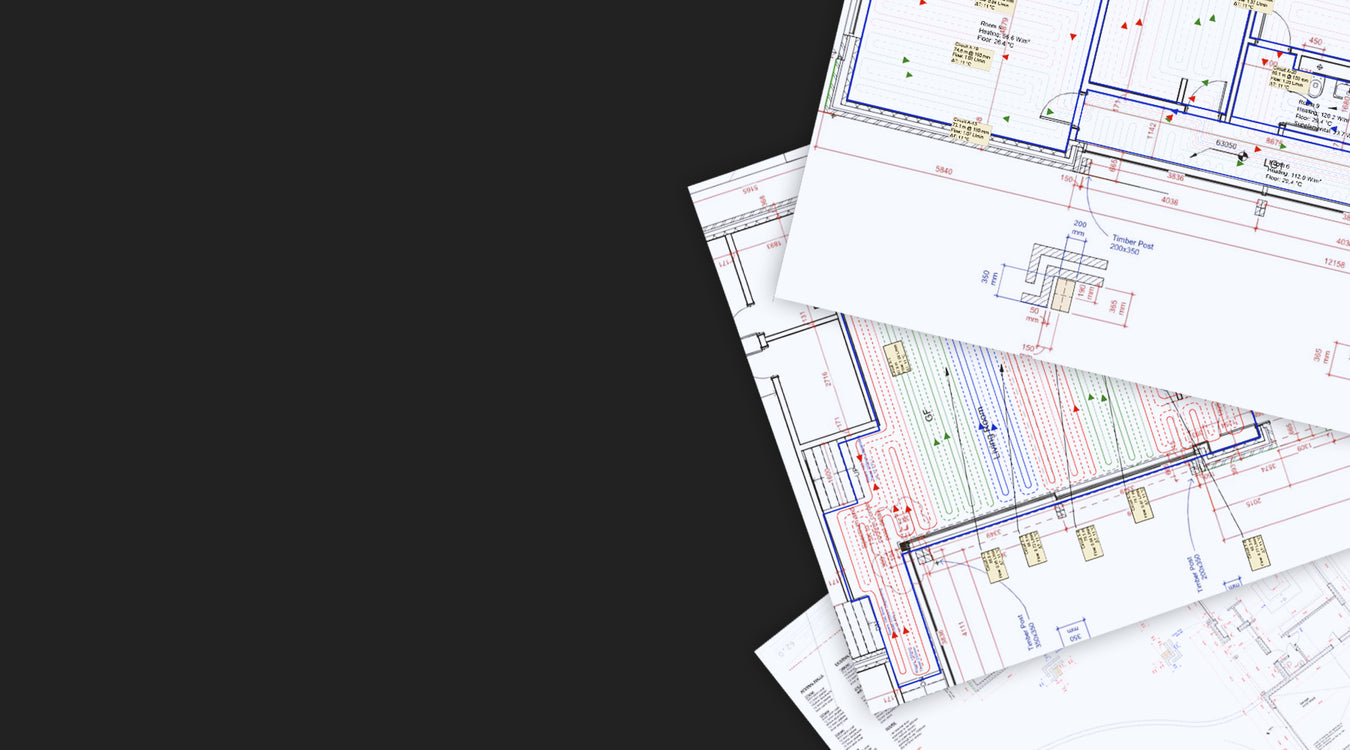The ultimate guide to underfloor heating costs
Underfloor heating is a popular energy-efficient solution for UK homes. Many homeowners are switching to heated floors to save on energy costs and live a more sustainable life.
How much underfloor heating costs in the UK depends on the house size, type of system installed (water or electric) and property age. For the average house, homeowners can expect to pay between £1,500 to £7,000 for underfloor heating.
In this article, we’ll explain underfloor heating costs in the UK and how much it costs to install and run underfloor heating.
How much does underfloor heating cost to run?
How much underfloor heating costs to run depends on the size of the property and which type of heating system is installed. The two types of underfloor heating systems include water and electric.
Generally, electric underfloor heating systems are more expensive to run compared with water systems. However, it depends on electricity prices, the size of the system, and how insulated the flooring is. Electric systems are also cheaper to install and fix.
An electric underfloor heating system can be three to four times more expensive to run compared with radiators or a wet underfloor heating system. This is because electricity has a higher cost per kWh (kilowatt hour) compared with gas. According to Checkatrade, gas costs on average 6.04p/kWh, whereas electricity costs 24.5p/kWh in 2025.
Using a cost of 24.5p/kWh for electricity, the cost to run an electric underfloor heating system can range between £373 to £1,469 per year for a room sized between 10m2 and 30m2.
This is more expensive compared to a water underfloor heating system, which can cost between £134 to £392 per year for rooms between 10m2 and 30m2 in size (based on a 6.04p/kWh gas tariff).

 Get A Free Quote
Get A Free Quote
 Contact Our Team
Contact Our Team
 View Account
View Account





